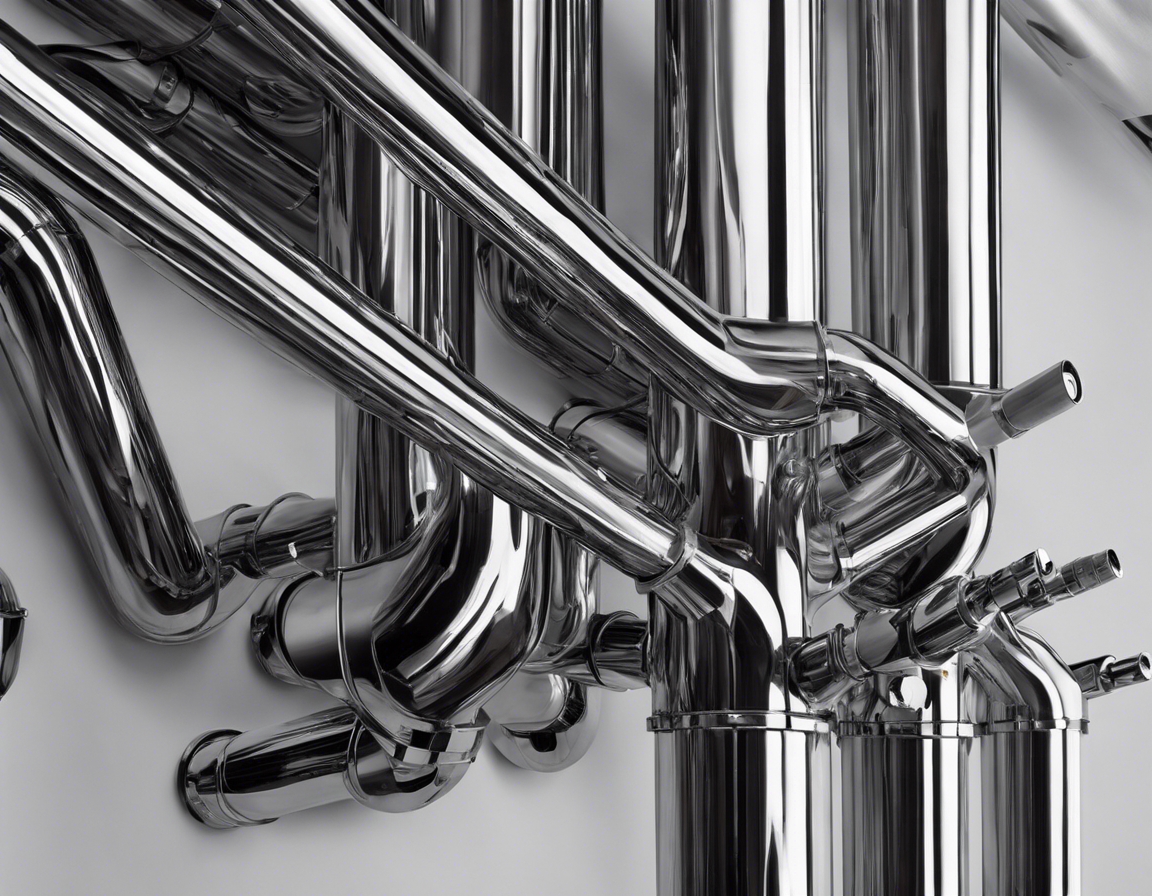Eco-friendly sanitation: good for you, great for the planet
As the world becomes increasingly aware of the environmental impact of human activities, the shift towards sustainable living practices has become more than just a trend—it's a necessity. Eco-friendly sanitation is a crucial aspect of this shift, offering a way to maintain hygiene and health standards while reducing our ecological footprint.
Eco-friendly sanitation refers to the systems and practices that promote the conservation of resources, the reduction of pollution, and the protection of the environment, all while ensuring safe and hygienic waste disposal. It encompasses a range of technologies and methods designed to minimize water usage, prevent soil and water contamination, and transform waste into reusable resources.
Sustainable sanitation is vital for protecting our planet's finite resources and for supporting the health of our communities. By adopting eco-friendly sanitation practices, we can significantly reduce water pollution, mitigate the effects of climate change, and foster a healthier living environment for current and future generations.
Benefits of Eco-Friendly Sanitation
Implementing eco-friendly sanitation systems can lead to improved health outcomes by reducing the spread of disease through proper waste management. These systems are designed to be not only environmentally responsible but also highly effective in maintaining cleanliness and hygiene.
The environmental benefits of eco-friendly sanitation are manifold. By reducing water usage and preventing the contamination of natural water bodies, these systems help preserve aquatic ecosystems and biodiversity. Additionally, they contribute to soil health by safely recycling human waste as compost, which can be used to enrich the land.
While the initial investment in eco-friendly sanitation technologies may be higher than traditional systems, the long-term savings are significant. Reduced water bills, lower maintenance costs, and the potential for reusing resources can all contribute to a more economical and sustainable lifestyle.
Eco-Friendly Sanitation Technologies
One of the simplest ways to implement eco-friendly sanitation is through the installation of water-saving toilets and fixtures. These devices use less water per flush and are designed to be highly efficient without sacrificing performance.
Composting toilets and other waste treatment systems are at the forefront of eco-friendly sanitation. They convert human waste into compost, which can be used to improve soil fertility, reducing the need for chemical fertilizers and minimizing waste.
Greywater systems collect water from sinks, showers, and laundry, treating it for reuse in irrigation or toilet flushing. This not only conserves water but also reduces the strain on sewage treatment facilities.
Implementing Eco-Friendly Sanitation in Urban and Suburban Areas
Urban and suburban areas face unique challenges in adopting eco-friendly sanitation, including space constraints and existing infrastructure. However, innovative solutions and adaptable technologies make it possible to overcome these hurdles and integrate sustainable practices into modern living.
Across the globe, there are numerous examples of successful eco-friendly sanitation projects. These case studies provide valuable insights into the practical application of sustainable sanitation and demonstrate its feasibility and benefits.
TAST OÜ specializes in providing cutting-edge sanitation solutions that are tailored to the needs of homeowners, property managers, and construction companies. Our expertise in eco-friendly technologies ensures that our clients can achieve their sustainability goals without compromising on quality or functionality.






Comments (0)